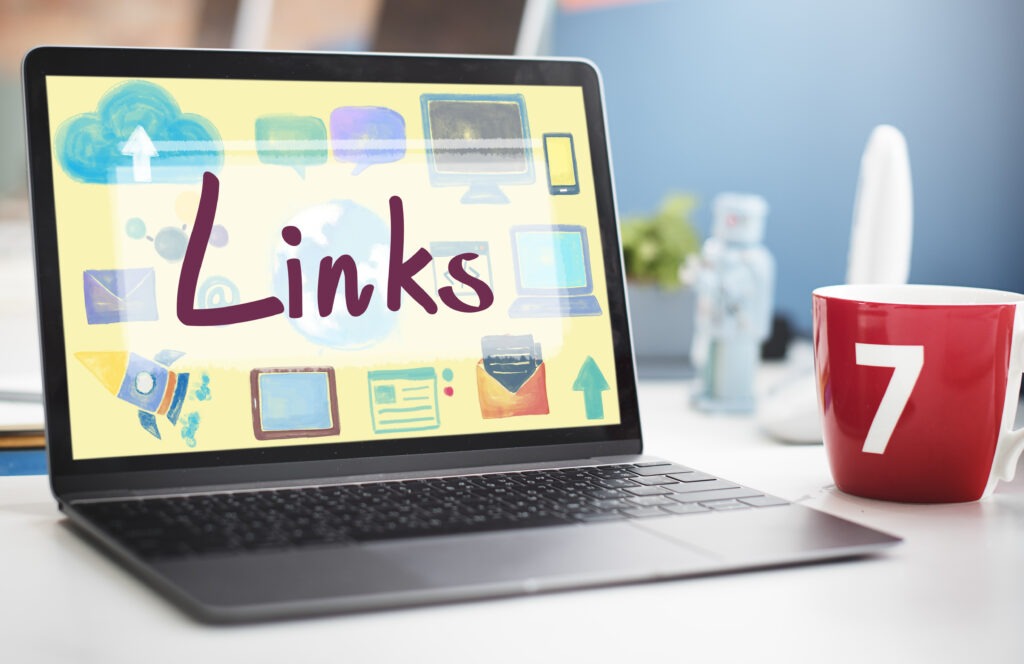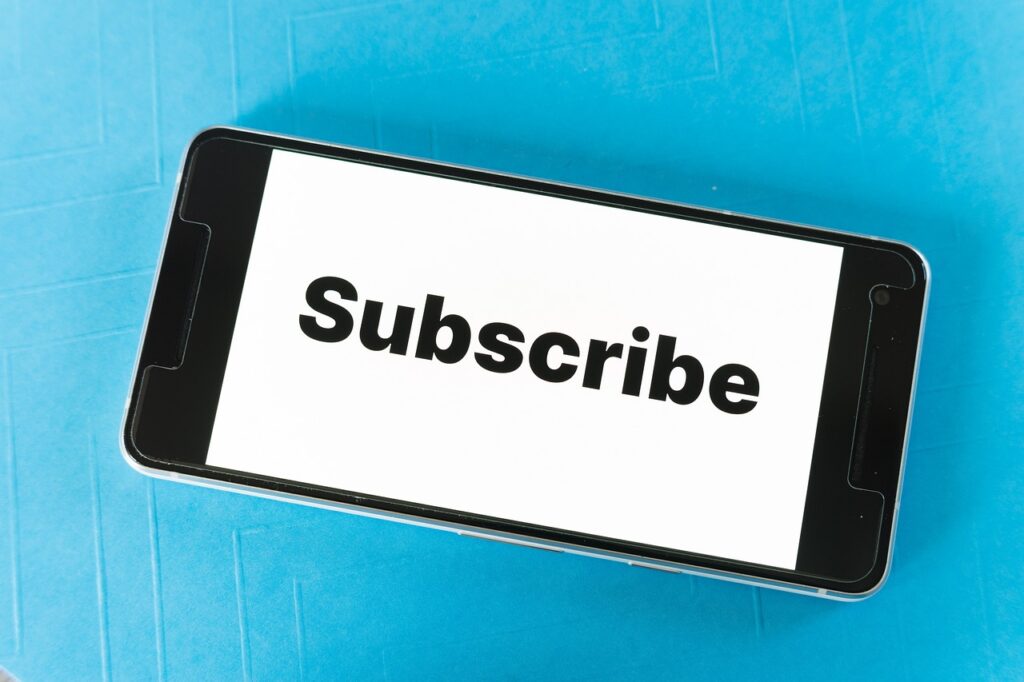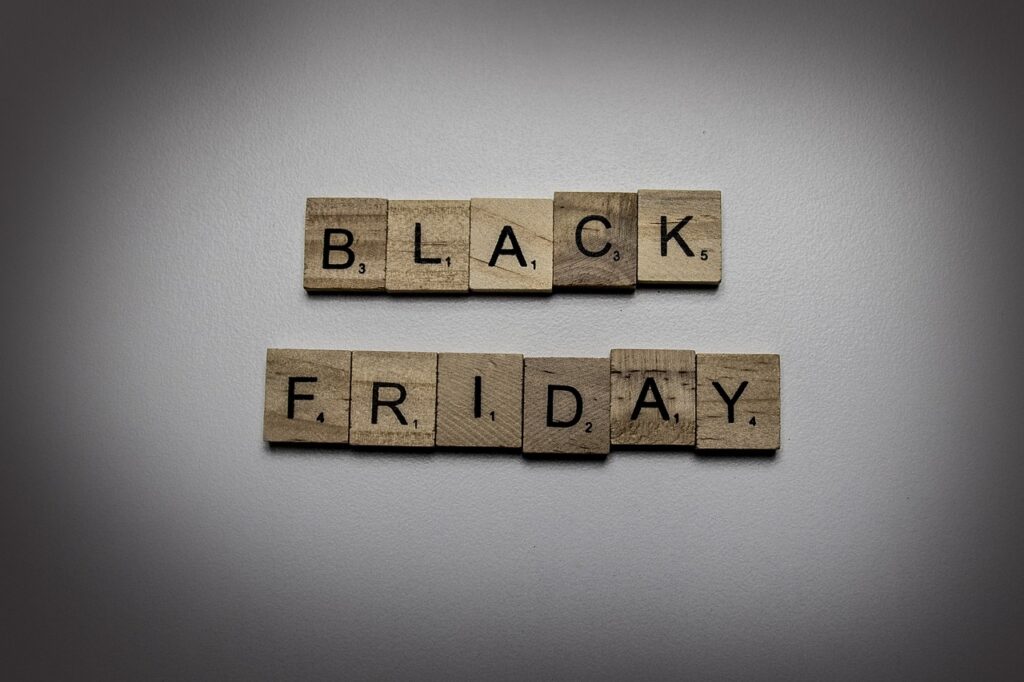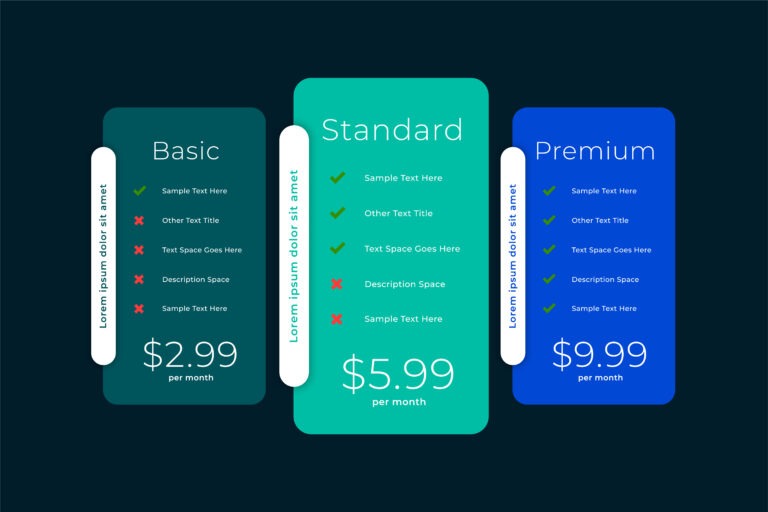How to Monetize Newsletter: 5 Proven Ways to Make Money From Emails
I hope you enjoy this blog post. If you want Hello Bar to grow your leads, click here.
Author:
mansi
Published
November 19, 2025

Table of Contents
You’ve built an email list. You send regular newsletters. People actually open them. Now you’re wondering if there’s a way to turn all that effort into actual money.
The answer is yes. Plenty of businesses and creators monetize newsletter content without annoying their subscribers or turning into spam machines. The trick is knowing which methods work for your situation and audience.
This isn’t about get-rich-quick schemes or flooding your readers with ads. It’s about finding legitimate ways to monetize newsletter content that makes sense for what you’re already doing. Whether you run an online store, offer services, or just create valuable content, there are practical approaches that can work.
Let’s look at five specific ways to monetize newsletter sends without wrecking the relationship you’ve built with your subscribers.
1. Add Affiliate Links to Your Content

Affiliate marketing lets you earn commissions when subscribers buy products through your unique links. You recommend something, they purchase it, and you get a cut of the sale.
The key word here is “recommend.” This only works if you’re suggesting products you actually use and believe in. Your subscribers signed up to hear from you, not to get sales pitches for random products you’ve never touched.
Here’s how it works in practice. You’re already writing about topics your audience cares about. If there’s a tool, product, or service that genuinely helps with that topic, mention it. Include your affiliate link. That’s it.
Let’s say you write a newsletter about productivity. You use a specific project management app that changed how you work. Write about your actual experience with it. Explain what it does well and what it doesn’t. Link to it with your affiliate code. When someone buys through that link, you earn a commission.
The mistake people make when trying to monetize newsletter content this way is overdoing it. Sending five emails a day full of affiliate promotions will destroy your open rates and land you in spam folders. Your subscribers will leave, and your deliverability will tank.
Instead, treat affiliate recommendations like you’re talking to a friend. Would you recommend this product to someone you care about? If not, don’t include it just because the commission is good.
Tools like Pretty Links can help manage your affiliate URLs. They turn long, ugly affiliate links into clean, short ones that look professional and are easier to track. You can see which links perform best and adjust your strategy accordingly.
Some newsletters monetize this way as a side benefit while focusing on other revenue sources. Others make affiliate marketing central to their business model. Either approach can work, but the principle stays the same. Only promote what you’d use yourself, and don’t spam your list.
The earning potential varies widely based on your audience size and engagement. A small, highly engaged list of 1,000 people who trust your recommendations can outperform a list of 50,000 who barely know you. Quality beats quantity when you monetize newsletter content through affiliates.
2. Sell Paid Subscriptions

This is the most direct way to monetize newsletter sends. People pay for access to your content. You create it, they pay for it, done.
You can structure this however makes sense for your content. Some creators use a freemium model where free subscribers get occasional emails or limited content, while paying subscribers get everything. Others keep all content behind a paywall.
The freemium approach helps grow your audience. People can sample your work before committing money. Once they see the value, converting them to paid subscribers becomes easier. You’re not asking them to buy something sight unseen.
Platforms like Substack and Patreon make this easy to set up, but they take a cut of your revenue. Monthly fees pile up as your subscriber count grows, plus you pay standard payment processing fees on top of that.
A better option for many people is using a self-hosted solution. Tools like WPForms let you create recurring payment forms that connect to your email service provider. You keep more of your money and have more control over the experience.
WordPress membership plugins offer another route to monetize newsletter content through subscriptions. You can gate content, manage subscriber tiers, and handle payments all in one place.
The challenge with paid subscriptions is that you need to deliver consistent value. Free subscribers might forgive a mediocre email or two. Paying subscribers won’t. They’re spending money specifically for your content, which means expectations are higher.
You also need enough volume. One email a month probably isn’t worth a subscription fee for most topics. Weekly or multiple times per week makes more sense if you’re asking people to pay.
Consider what your subscribers actually want to pay for. Exclusive research? Behind-the-scenes insights? Early access to products or services? Expert analysis they can’t get elsewhere? Figure out what makes your content worth paying for, then build your subscription offering around that.
How many subscribers do you need before you can monetize newsletter content this way? There’s no magic number. Even a few hundred engaged, paying subscribers at $5-10 per month adds up. It depends on your pricing and how much you need to make.
3. Run Seasonal Promotions

If you sell products or services, your newsletter is perfect for promoting time-limited offers. Seasonal promotions create urgency and give people a reason to buy now instead of later.
The obvious approach is tying promotions to holidays. Halloween, Black Friday, Valentine’s Day, Labor Day, winter holidays. Everyone expects sales during these times, and your subscribers are already in buying mode.
But you can also create promotions around less obvious timing. If you sell seasonal products like blankets, run a special during the first frost. Mid-summer clearance sales move old inventory during slow periods. Back-to-school deals work if your audience includes parents or teachers.
The point isn’t just to monetize newsletter sends during peak shopping times. It’s to give your subscribers timely reasons to take action throughout the year.
Here’s what makes email promotions effective. Your subscribers already know who you are. They’re not cold traffic. When you send a promotional email, it’s coming from a familiar source. That trust matters when people decide whether to buy.
You can also create subscriber-exclusive offers that don’t appear anywhere else. This makes your email list feel valuable. People have a reason to stay subscribed because they get deals that website visitors don’t see.
One tactic is showing different promotions to different segments. Past customers might get one offer while first-time buyers see another. You can target based on browsing behavior, purchase history, or engagement level. Hello Bar’s targeting rules make this kind of personalization straightforward.
Most people need to see an offer multiple times before they decide to buy. That’s why matching your email promotion with website campaigns makes sense. Someone might ignore your email but convert when they see the same offer in a popup on your site.
The key to making seasonal promotions work when you monetize newsletter content is planning ahead. Last-minute scrambling leads to sloppy campaigns and missed opportunities. Map out your promotional calendar quarterly or yearly so you’re prepared.
Track what works. Which promotions drive the most revenue? Which subject lines get the best open rates? Which offers convert browsers into buyers? Use that data to improve your next campaign and monetize newsletter sends more effectively over time.
4. Promote Workshops and Group Programs

Email newsletters drive registrations for workshops and group programs better than almost any other channel. Your subscriber list is your biggest fans, and they’re interested in learning from you directly.
If you’ve been delivering helpful content in your emails, your subscribers already see you as an expert. Offering them a chance to work with you face-to-face or in a structured program is a natural next step.
Group programs and workshops let you monetize newsletter content while serving subscribers who can’t afford your individual services. A one-on-one consulting rate might be out of reach for many people, but a group program at a fraction of the cost becomes accessible.
You can run these programs online or in person. Online workshops reach anyone regardless of location. In-person events create different value through networking and hands-on interaction. Both work, depending on what you teach and who your audience is.
Email is perfect for building interest and urgency around these offerings. You can tease the curriculum in advance. Share testimonials from past participants. Explain what people will learn and how it applies to their problems. Then send registration reminders as the deadline approaches.
Another approach is offering a free workshop or consultation as a giveaway. This builds interest for your paid services. People who win get a taste of what working with you is like. Others who didn’t win see that your offerings are in demand and might book something paid.
You can also use free workshops as a way to grow your list in the first place. Create a popup or signup form offering a free workshop. New subscribers register, attend, and then become ongoing email subscribers who might buy your paid offerings later.
Hello Bar integrates directly with form builders like WPForms, making workshop registration simple. You can show popup registration forms on your website and manage attendees without juggling multiple platforms.
The drag-and-drop builder lets you add registration fields directly into your campaigns. No coding required. You build the form, connect it to your email service, and start collecting registrations.
When you monetize newsletter sends by promoting workshops, timing matters. Send too few reminders and people forget. Send too many and they get annoyed. A good rhythm is an initial announcement, a mid-point reminder, and a final last-chance email.
Don’t just sell the workshop. Explain why it matters. What problem does it solve? What will participants be able to do afterward that they can’t do now? Make the value obvious and specific, not vague and generic.
5. Create VIP Programs

A VIP program gives your most engaged subscribers exclusive benefits. For eCommerce businesses, this might mean special discounts, early access to new products, or members-only sales. For service providers, it could be priority booking or exclusive content.
The beauty of a VIP program is that it rewards your best customers while giving everyone else something to aspire to. People want to feel special. A well-designed VIP program delivers that feeling while generating more revenue.
Setting up a VIP program starts with deciding who qualifies. You might limit it to past customers. Or visitors who’ve been to your site multiple times. Or people who’ve purchased above a certain amount. The criteria should identify your most valuable subscribers.
You can create a dedicated signup form using Hello Bar’s drag-and-drop builder. Use targeting rules to show this form only to qualified visitors. This makes the VIP program feel exclusive from the start because not everyone sees the invitation.
Once people join your VIP list, send them special promotions and updates they won’t see anywhere else. Early access to sales, deeper discounts, behind-the-scenes content, whatever makes sense for your business.
VIP subscribers convert at higher rates than regular subscribers because they’re more invested in your brand. They’ve already bought from you or engaged repeatedly. When you send a promotional email to this segment, you’re talking to people who are predisposed to say yes.
This is an effective way to monetize newsletter content because you’re not asking anything new from subscribers. You’re just organizing your existing audience into tiers and giving your best customers extra attention.
For small businesses trying to monetize newsletter sends, VIP programs work particularly well. You probably don’t have millions of subscribers. But you likely have a core group of repeat customers or engaged fans. Identify them, create a VIP segment, and treat them differently.
The promotions you send to VIPs can be more aggressive than what you send to your general list. These people want to hear about your offers. They signed up specifically for deals and exclusivity. You’re not annoying them by selling, you’re delivering what they came for.
Track the performance of your VIP program separately from your main list. Compare conversion rates, average order values, and customer lifetime value. This data tells you whether the extra effort to monetize newsletter content through VIP segmentation actually pays off.
Most businesses find that it does. A smaller group of highly engaged subscribers often generates more revenue than a much larger general list. Quality over quantity applies when you monetize newsletter sends just like it does everywhere else in marketing.
Also read our blgo on 13 Content Promotion Proven Formulas to Greatly Increase Web Traffic
Why Subscriber Count Matters Less Than You Think
Many people assume you need thousands of subscribers before you can monetize newsletter content. That’s wrong.
A small, engaged list beats a massive, disengaged one every time. Five hundred people who trust you and open your emails will generate more money than five thousand who ignore everything you send.
The number of subscribers you need depends entirely on how you monetize newsletter sends. If you’re booking high-ticket consulting clients, you might only need a few dozen engaged subscribers. If you’re selling low-cost products through affiliate links, you’ll need more volume.
Here’s a rough hierarchy based on subscriber requirements:
Service providers booking clients from emails need the smallest lists. A handful of conversions pays for itself when your services cost hundreds or thousands of dollars.
Businesses selling their own products come next. You need more transactions than a service provider, but you keep all the profit from each sale instead of sharing commission.
Paid subscriptions and email courses sit in the middle. Individual subscriptions don’t cost much, but they’re recurring revenue. A few hundred paying subscribers can become a real income stream.
Sponsorships require a decent-sized, engaged list. Brands want to reach people. You need enough subscribers and strong enough open rates to make sponsorship worth their investment.
Affiliate links need the most volume. Small commissions mean you need many transactions to see significant income. Affiliate marketing as a primary way to monetize newsletter content requires either a large list or very high conversion rates.
The most important metric isn’t subscriber count. It’s engagement. How many people open your emails? How many click links? How many take action when you make an offer?
An engaged list of 500 will monetize newsletter sends better than an unengaged list of 50,000. Focus on building real relationships with real people who care about what you’re saying. The money follows from there.
Making It Work Without Being Annoying
The biggest fear people have about trying to monetize newsletter content is that it’ll ruin their relationship with subscribers. Nobody wants to be that person sending constant sales pitches.
The solution is simple. Only promote things that genuinely help your audience. If your affiliate product, paid course, workshop, or VIP offer doesn’t solve a real problem for your subscribers, don’t send it.
Respect your subscribers’ time and attention. They gave you their email address because they expect value. Deliver that value consistently. When you do make an offer, it should feel like a natural extension of the help you’re already providing.
Mix promotional content with free, valuable content. Not every email should be selling something. The exact ratio depends on your business model, but a good rule of thumb is that most emails should focus on helping, with occasional asks mixed in.
Be transparent about monetization. If you’re including affiliate links, say so. If content is sponsored, make that clear. Your subscribers aren’t stupid. They know you need to make money. Honesty builds trust, not destroys it.
Finally, pay attention to your metrics. If your open rates drop after you start including more promotions, that’s a signal. If unsubscribe rates spike, you’re pushing too hard. Let the data guide how aggressively you monetize newsletter sends.
Conclusion
You can monetize newsletter efforts without turning into a spam machine. Pick methods that match your business model and your audience’s needs. Focus on delivering value, and the revenue will follow. Your email list is an asset, treat it like one by finding sustainable ways to generate income while still serving your subscribers.


